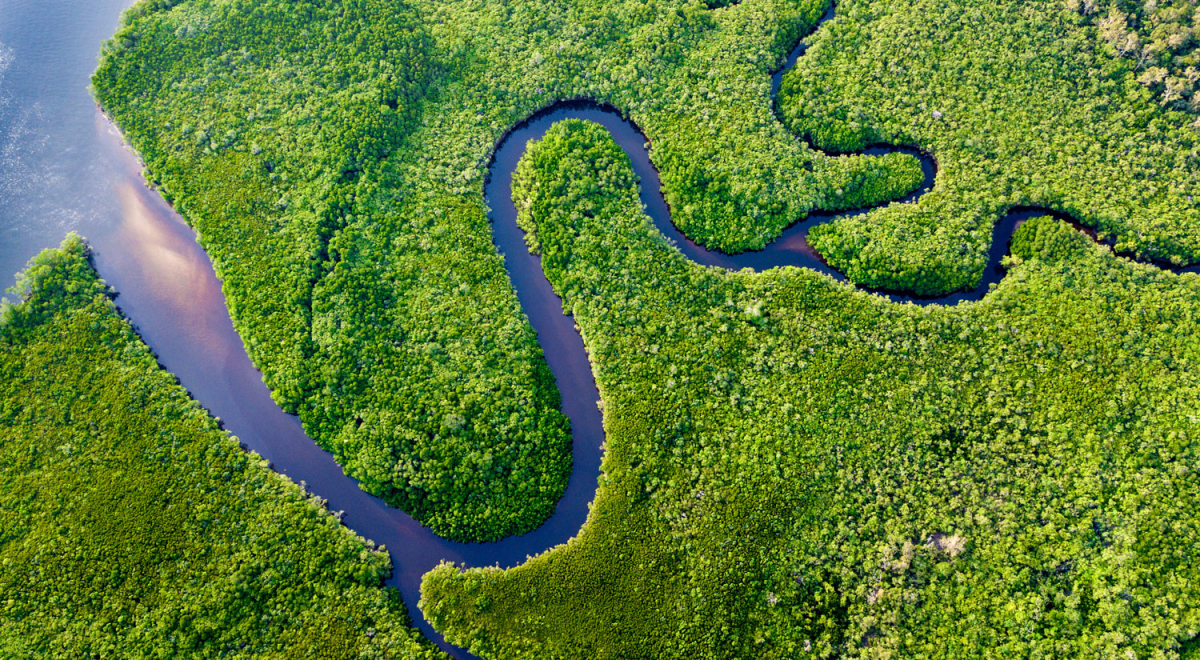It may be over 160 million years old, but this year marks 44 years since Daintree National Park was officially founded. What better time to discover the place where two UNESCO World Heritage sites, the reef and Australia’s biggest rainforest, meet?
Contents
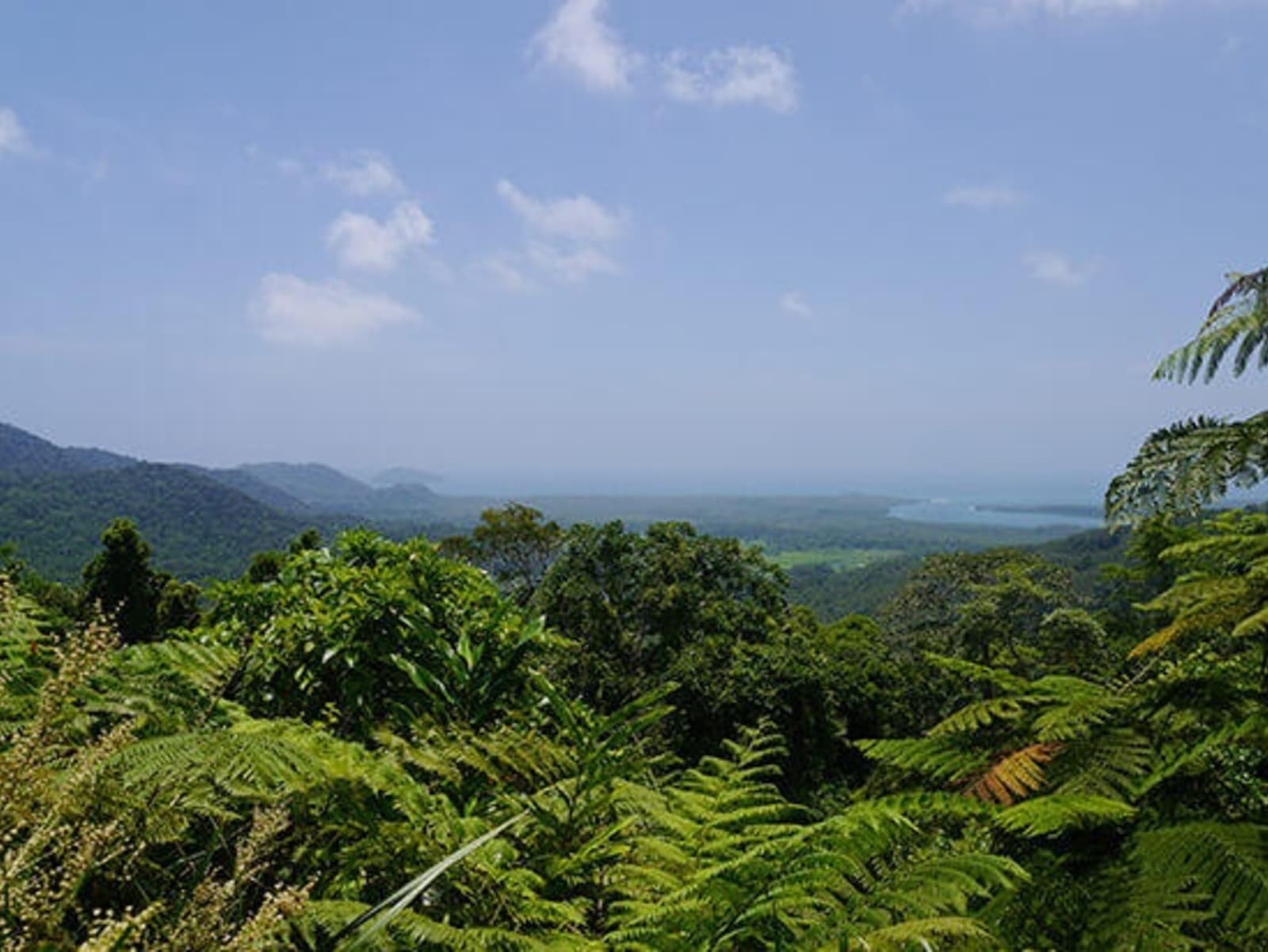


Ancient wisdom
With abundant animals, millennia-old flora and fauna and croc-infested waters interwoven with mangroves, Australia’s Daintree is the Holy Grail for nature lovers. Unsurprising really, as it’s had millions of years to transform itself into the tropical paradise that exists today. Fly from London to Queensland’s Cairns and you could be there in little over 24 hours, feeling like a pioneer as you swim beneath secret cascades, hop over tree trunks carpeted in decades-worth of moss, and stumble upon barely-trodden beaches.
So, what are you waiting for?
Some 160 million years in the making, Daintree was officially founded in 1981 and, within seven years, had made it onto UNESCO’s radar as part of the nature-filled Wet Tropics of Queensland. But just because it was ‘founded’ 35 years ago, doesn’t mean that its lifespan is that short. Such a biodiverse region, stretching across Queensland’s Far North for some 460 square miles, requires more than a few decades to forge. In fact, it’s the oldest surviving rainforest on the planet. Named after 19th-century Brit-born and Aussie-bred geologist Richard Daintree and the river of the same moniker, it has long been one of Queensland’s most treasured gems.
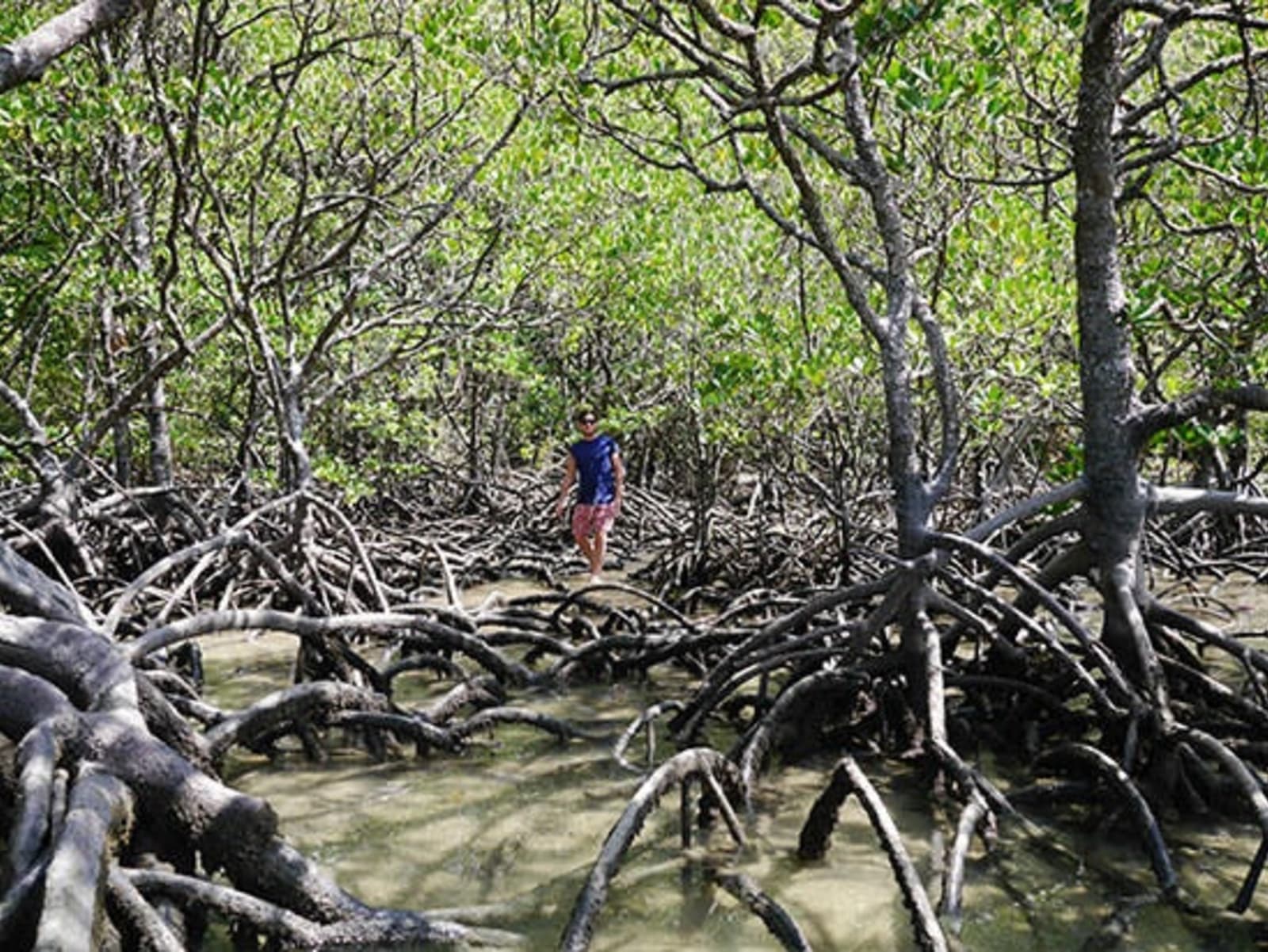


Tramping beneath the dense canopy of this practically primeval landscape, led by its traditional owners the Kuku Yalanji people, it’s as if you’ve been transported back in time. Leaves flit and flutter in the breeze and you’ll feel so at one with nature here that the experience is verging on something truly spiritual.
Whatever the weather
Visits are just as fascinating no matter what time of year you go too – summer brings a monsoonal feel, when the watering holes are fresh, full and clean, while winter has more crowds but fewer mosquitoes. Whatever the month, nothing can prepare you for the region’s heart-stopping beauty, especially when you clap eyes on its three must-sees: Cape Tribulation, Mossman Gorge and the Daintree River.
DID YOU KNOW?
Daintree is home to 430 species of bird, including the flightless cassowary. It boasts 13 endemic species, not to mention a third of Australia’s frog, marsupial and reptile species, and 65% of the country’s bat and butterfly species. Oh, and more than 12,000 species of insect live here too.



Cape Tribulation
‘Kulki’, or Cape Tribulation as we know it, is a veritable slice of paradise; its soft, meandering beaches are so untouched that setting foot there is like discovering an uncharted frontier. Couple that with tumbling rainforest and the towering Mount Sorrow, and you’ve got the recipe for nature at its most raw. Highlights include the jungle-clad ridge that summits Mount Sorrow – an arduous yet rewarding trek – and the chance to spot the elusive cassowary.
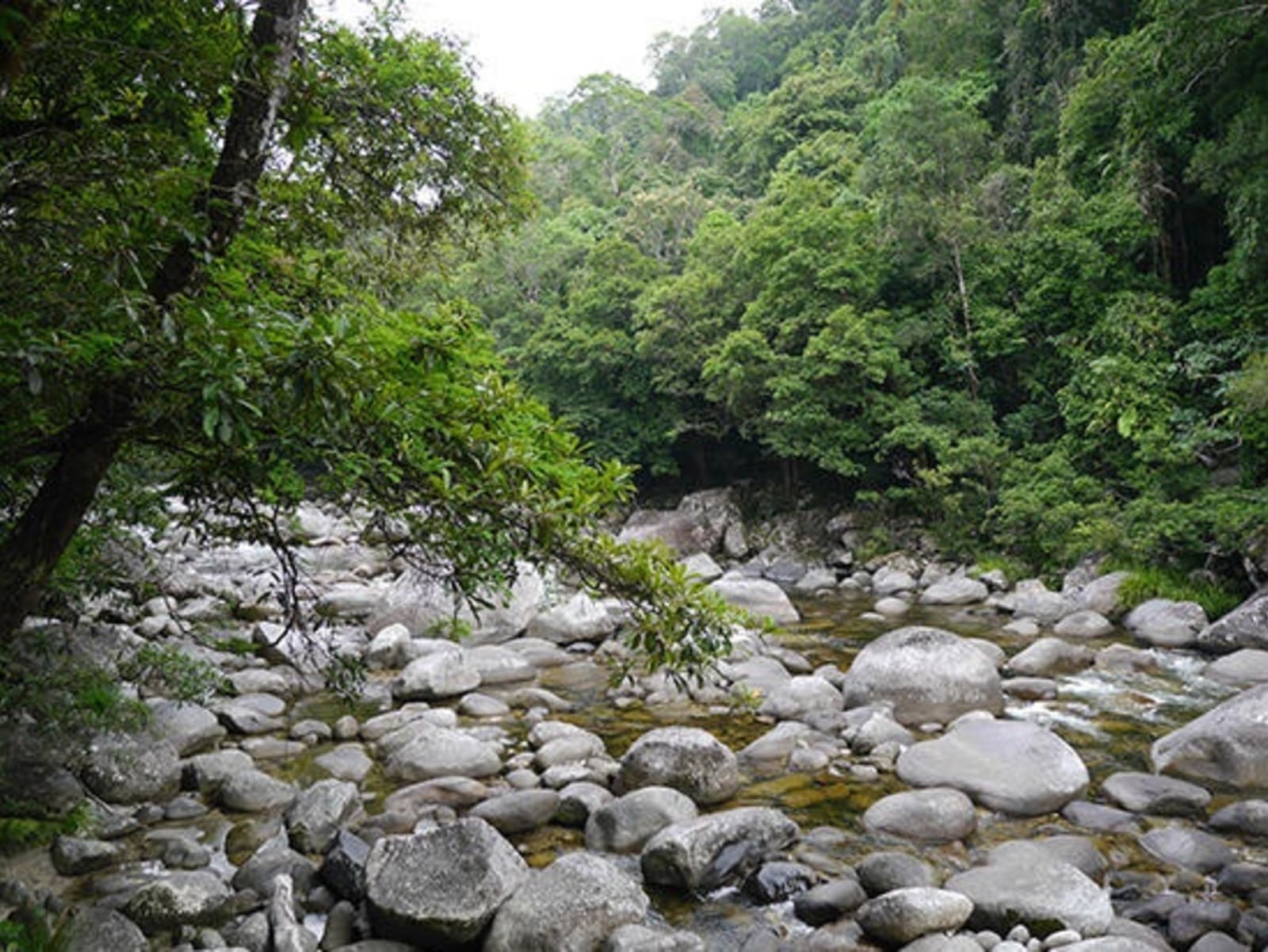


Mossman Gorge
In the far southern corner of Daintree, Mossman is an enclave where nature meets culture full force. Get lost in the enchantment of the rainforest while learning all about the region’s indigenous significance – the Kuku Yalanji story makes for a mesmerising and educational narrative. Then there’s the thrill-seeking element: tackle one of many walking tracks around the Gorge or swim in the cool, reflective waters of Mossman River.
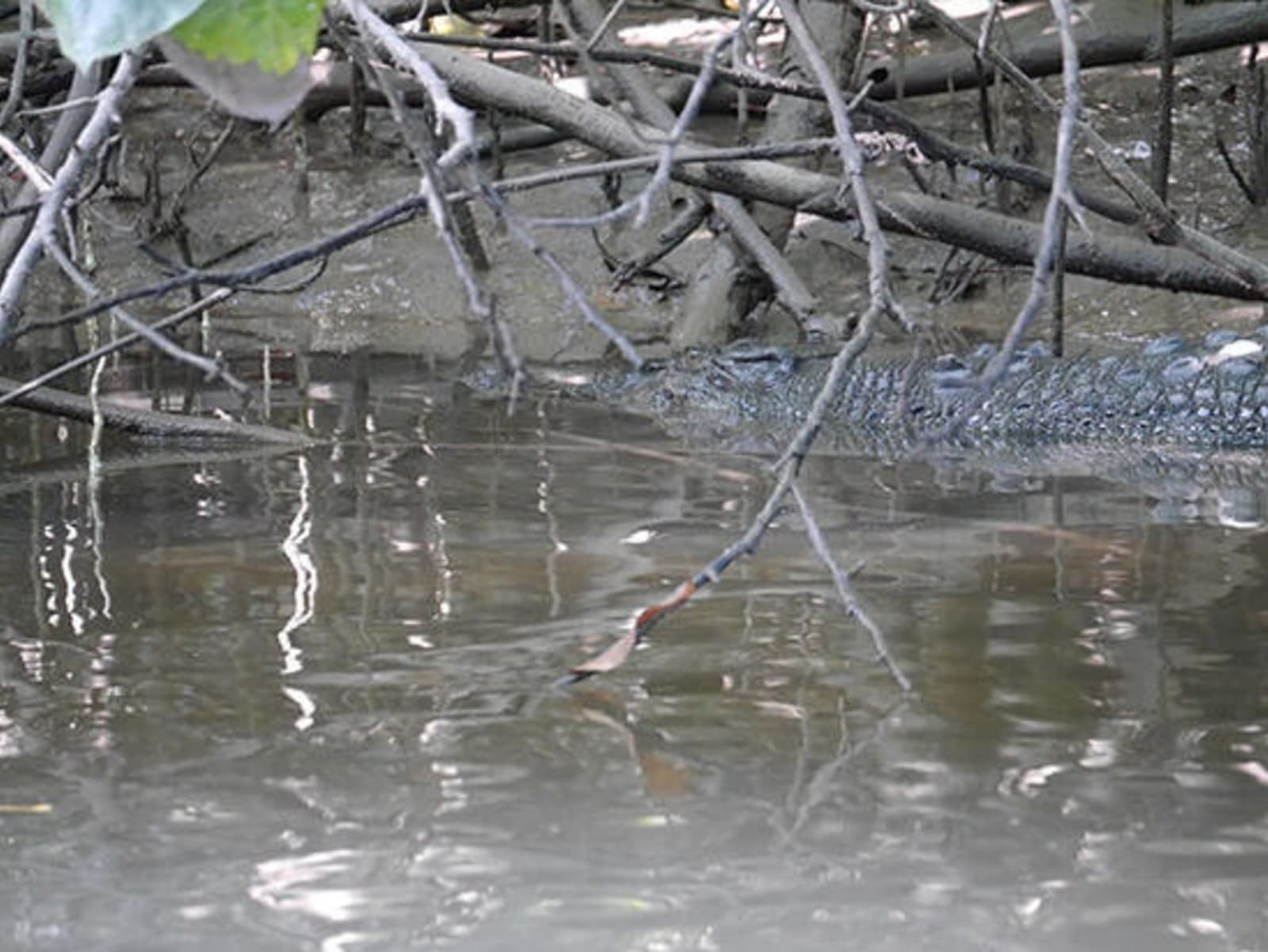


Daintree River
Flanked by lofty peaks and deep valleys, Daintree River is a waterway like no other. And it’d be rude not to get on it while exploring this diverse national park. Saltwater crocodiles, possums and ancient vegetation will be common spots as you cruise along, your skipper regaling you with tales of close encounters with local wildlife, as well as giving you a lesson on plant life – from the river’s exotic plants to its ocean mangroves. Equal parts thrilling and relaxing, this sedentary sail is the perfect way to wrap up your Daintree adventure. Where do we sign up?
Want to discover Daintree for yourself? Speak to one of our Travel Experts about our Rainforest & Reef itinerary in Tropical North Queensland.

